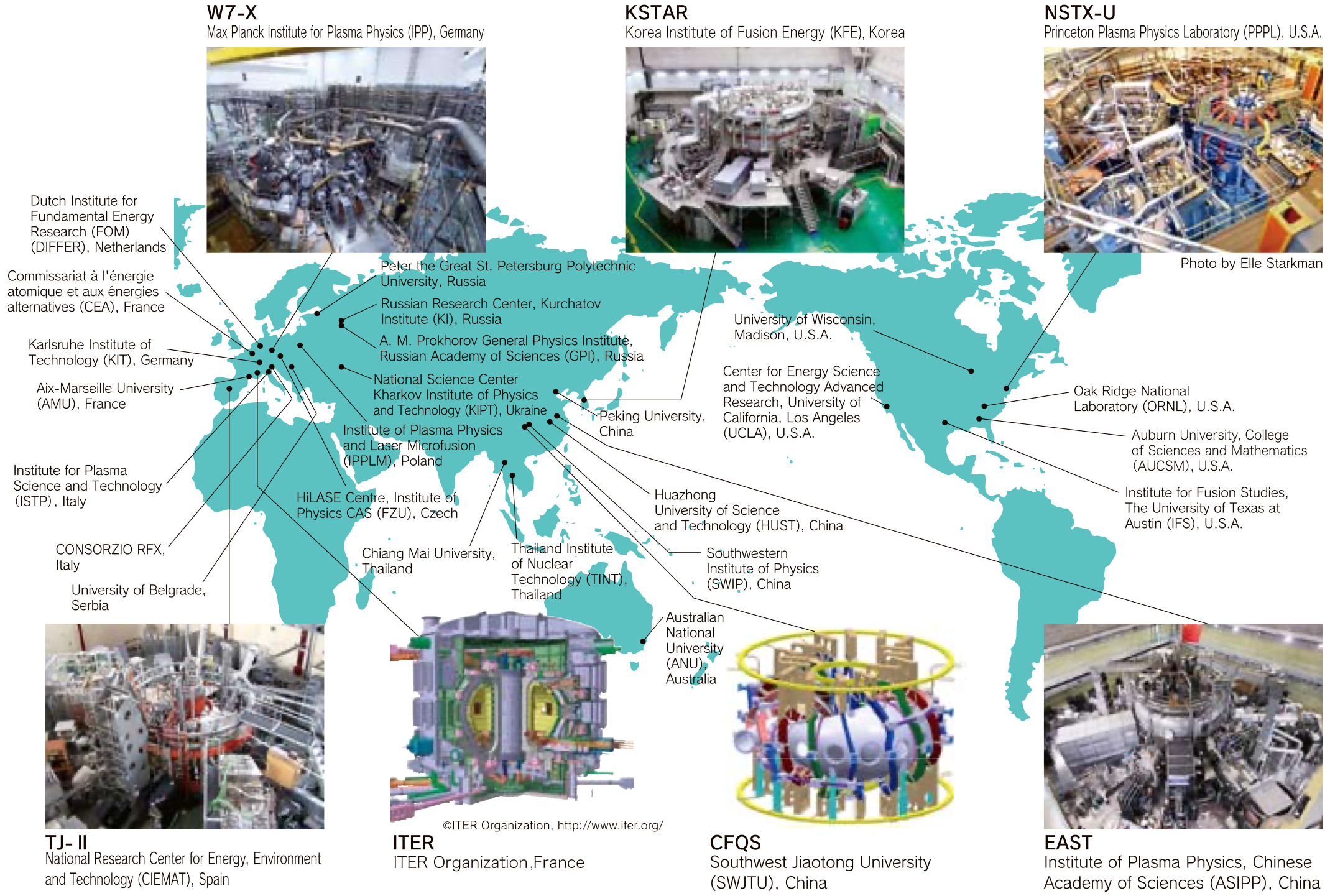カリキュラム
本コースでは、総研大が全学的に提供する総合教育科目及び共通専門科目により広い視野を養うとともに、以下に示すコース専門科目により核融合科学の基礎から先端までを効率よく習得できるよう、カリキュラムが編成されています。
授業科目
研修プログラム
本学では、コースにおける最先端研究者による高い専門性の育成をめざした専門教育プログラムのほか、研究者としての幅広い視野の養成をめざした各種研修プログラムが用意されています。ここにそのいくつかを紹介します。
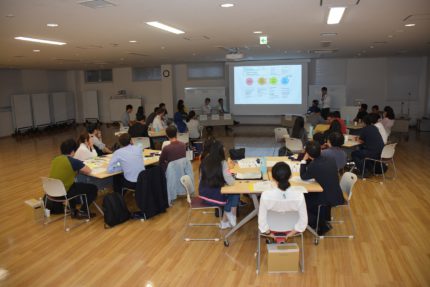
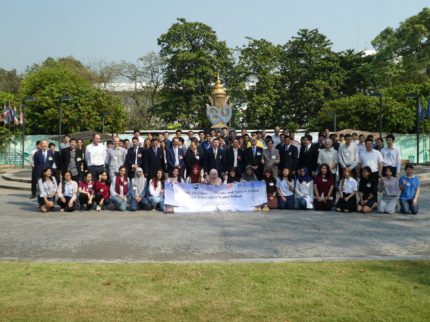
 |
 |
履修・学位
修了要件
修了要件については、こちらをご覧ください。
授与する学位
本コースを修了した者には,「博士(学術)」の学位が授与されます。博士論文の内容によっては「博士(理学)」又は「博士(工学)」となります。
(修士の学位について)
本コースの5年課程に入学し、退学を許可された者が大学院設置基準第16条に規定する修士課程の修了要件を満たした場合は、修士の学位を授与することが出来ます。
博士学位論文評価基準
博士学位論文は、先端学術院の理念に則って、核融合科学分野における以下の諸点について、専攻の審査担当教員と外部委託審査委員によって審査を行う。
- 研究目的が明確で、(研究)成果に学術上意義があること
- 研究の独創性があること
- 専門分野に関する十分な知識と、国際的に活躍できる語学力を有していること
- 学位論文の研究が、査読のある学術雑誌に筆頭著者で発表されているか、学位取得後に発表する予定であること
シラバス
大学院特別講座
本講座は、大学院生を対象に理系の基礎技術、知識を教授することを目的としています。
総研大生のみならず他大学生や社会人の方も受講いただけます。
受講希望、お問合せはこちらのメールまで。
※ 希望する講座の1か月前までに大学院連携係までご連絡ください。
特別講座シラバスの一括ダウンロード
理工学基礎演習1
真空技術演習
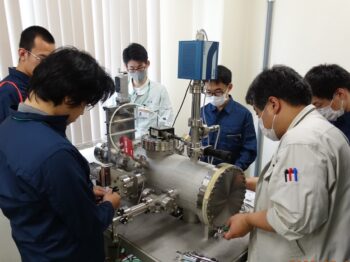
プラズマ実験研究の基本中の基本である真空技術について、実践的な真空技術の基礎を、講義と実習で短期間に修得する講座です。
後期:
計測基礎技術演習
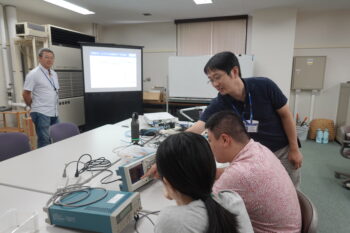
実験研究の初心者に対して、プラズマ核融合実験研究を開始するに当たって必要な計測技術の習得を目指します。
後期:
高電圧・大電流機器 基礎技術演習
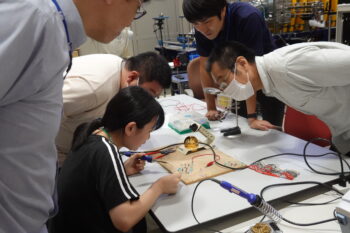
プラズマを対象とした実験研究を行う上で必要不可欠な、高電圧・大電流機器の原理や取り扱いを理解するために、講義と実習を行います。
後期:
理工学基礎演習2
高圧ガス・低温機器取扱 基礎技術演習
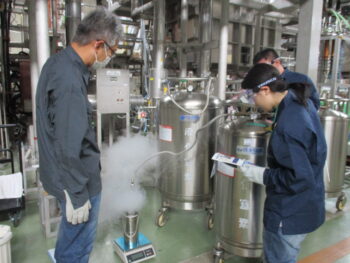
極低温冷媒を使用した超伝導転移測定実験などの簡単な実験を通じて高圧ガス・極低温機器の取り扱い技術の指導を行う。
後期:
材料加工・評価 基礎技術演習
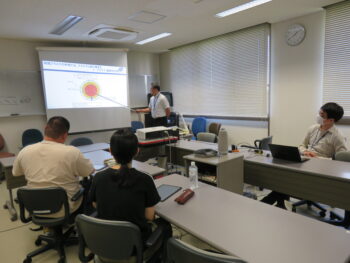
固体材料の物性、微細構造および機械的特性について、「材料評価技術を用いて解析する」という一連の実験基礎を、実際の材料評価装置を操作するという実習を通して習得する。
後期:
放射線・安全工学の基礎
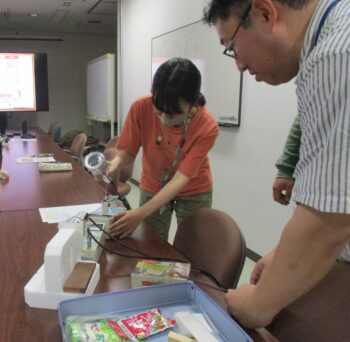
放射線の基礎、放射線の測定手法や安全管理、環境放射線(能)の計測方法、トリチウムの安全取扱い技術について講義形式と実習を通じて学ぶ。
後期:
理工学基礎演習3
データ画像処理演習
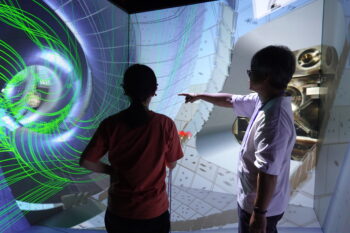
データを人間が理解できる形で表現するためのプロセスであるデータ・画像処理(可視化)の基礎を、演習を通して学ぶ。
後期:
UNIX及び Fortranプログラミング演習
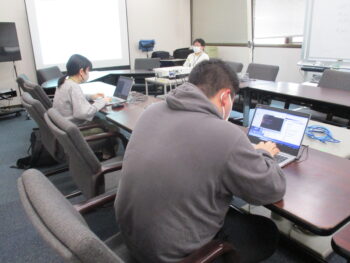
計算機シミュレーションあるいはデータ解析の基礎となるUNIX・Fortranプログラミングの知識を、実習を通して身につける。
後期:
物理数学基礎演習
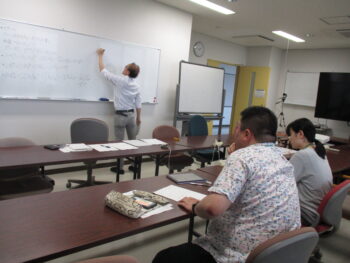
プラズマ物理(磁気座標系、MHD安定性、プラズマの運動論効果など)の理解に必須となる物理数学を演習形式で学ぶ。
後期:
大学院特別講座
小型プラズマ装置を用いた プラズマ計測演習
クーロン衝突項の数学公式 と加熱・輸送解析への応用
古典・新古典輸送、加熱物理の基礎を成すCoulomb 衝突項について、近年関心が持たれている多イオン種系への拡張、高速イオン駆動効果の取り扱いといった実際の関連研究への応用力を身につける。
FPGAトレーニングコース(ハンズ・オン・セミナー)
FPGA回路開発時に必須となる開発ツールの使い方習得をめざした実習形式の未経験者向けセミナーです。セミナー終了後に独学で FPGA 開発を進めることができるよう、解説+実習を通して最低限の予備知識習得をめざします。
2025年度の講座内容の詳細、参加申込方法については後日お知らせします。
9/11(木)-12(金) (日本語)@分子研
Pythonを用いたデータ処理入門
基本的なプラズマ実験データの処理に加え、データ評価や機器制御等に必要な統計および機械学習等について、スクリプト言語Pythonを用いて学習するとともに、LHDのデータ解析手法についても紹介する。
磁場閉じ込めプラズマの理論入門
国際連携
核融合科学研究は、その黎明期より国際協力の下に平和的に進められ、今日、世界各国で幅広い研究が行なわれています。核融合炉の実現に向けた学術基盤の充実および研究開発のためには、国内はもとより世界の研究者の英知を結集して、長期的展望に基づいた共同研究を進める必要があります。本研究所では、核融合に関する国際的な研究協力の日本側の代表機関としての役割を担うとともに、国際協力による共同研究・研究交流を積極的に推進しています。現在、世界的な国際協力で進められているITER計画、および、幅広いアプローチ(BA)計画においては、国際トカマク物理活動(ITPA)への貢献や超伝導、加熱、燃料供給装置などでの技術開発協力、そして、人材派遣まで幅広い国際研究協力が行なわれています。
国際協力の成果例
ステラレータ・ヘリオトロン協定
- ヘリカル方式核融合研究の国際共同研究ネットワーク
- 国際エネルギー機関において、多国間・多研究機関間のステラレータ・ヘリオトロン技術協力プログラムが締結されています。本技術協力プログラムには、日本をはじめ、オーストラリア、ユーラトム(欧州原子力共同体)、ロシア、ウクライナ、アメリカ合衆国(英語表記アルファベット順)が参画しています。その中でも日本は、副議長を核融合科学研究所長が務める等、主導的な責任を果たしています。 本協定を基盤として、LHDをはじめとした世界各地のヘリカル方式核融合研究の国際共同研究ネットワークを構築し、共同実験の遂行や実験データベースの拡充、共同理論解析などを促進しています。それぞれの実験装置での発見や理論解析を、実験装置の違いを超えて体系化する取り組みが組織的に展開され、研究の進展に大きな役割を果たしています。
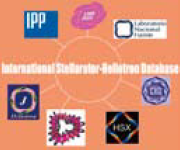
プラズマ・壁相互作用協定
- 世界の直線型プラズマ実験装置を用いた国際共同研究
- 国際エネルギー機関の技術協力プログラムの一つであるプラズマ・壁相互作用(PWI)協定は、日本、ヨーロッパ、アメリカ、オーストラリア、イギリスが参加する多国間協定で、日本では核融合科学研究所が執行機関となっています。この協定の下、核融合科学研究所や大学の研究者、研究者の卵である学生が、世界の研究機関で、プラズマと壁の相互作用に関係する国際共同研究を行っています。共同研究では、主に直線型プラズマ実験装置を用いた実験や計算機シミュレーションが行われていて、表面分析による核融合炉の壁材料へのプラズマ照射影響研究、核融合炉心周辺部のプラズマ研究、プラズマ計測法開発などで多くの成果を得ています。
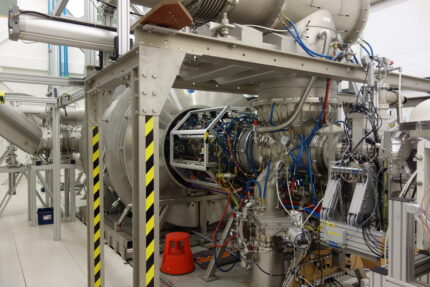
SOKENDAI研究派遣プログラム
この事業は、最先端の研究現場において、世界の多くの優れた研究者に触れながら高い専門性と国際的な視野を身に付け、広く世界で活躍できる研究者の育成を目指して、本学学生が国際共同研究活動および国際的研究能力育成に資するプログラムに参加するための海外派遣に対して、公募により支援を行うものです。
※プログラムの詳細はこちらをご覧下さい。
経済的支援制度
本コースでは、ここに掲げる経済的支援制度が充実しており、学生の方々が研究に専念できる環境が整っています。
(1)授業料の免除等
経済的理由により授業料の納付が困難であり、かつ学業優秀と認められる学生については、大学による所定の審査を経た上で、授業料の全額または半額の納付が免除される場合があります。
(2)日本学生支援機構奨学金
日本学生支援機構により貸与される奨学金であり、第1種(無利子)および第2種(有利子)奨学金への応募が可能です。
(3)日本学術振興会特別研究員制度(3年次以上)
学生に主体的な研究に専念する機会を与えることを目的として、所定の審査を経て特別研究員に採用されると、3年を上限として研究奨励金(生活費)が支給されます。また、同時に科学研究費補助金(特別研究員奨励費)の応募資格が与えられ、審査を経て毎年度研究費が交付されます。
(4)准研究員制度(3年次以上)
核融合科学研究所では、研究の遂行に、大学院博士後期課程に在籍する優秀な学生を若手研究者として参画させ、研究活動の効果的推進、研究体制の充実及び若手研究者としての研究遂行能力の育成を目指す准研究員制度があります。准研究員に委嘱されると、研究奨励費が支給されます。
(5)各種奨学金、研究助成金の紹介、出張旅費の支給
上に挙げたものの他、各種奨学金や助成金への応募が可能で、採択されれば研究費や生活費の補助が受けられます。これらの中には、一般公募されるものの他、核融合科学コースに所属する学生を対象にしたものもあります。また、学会等へ参加する際の旅費が、研究所または大学より支援されます。







